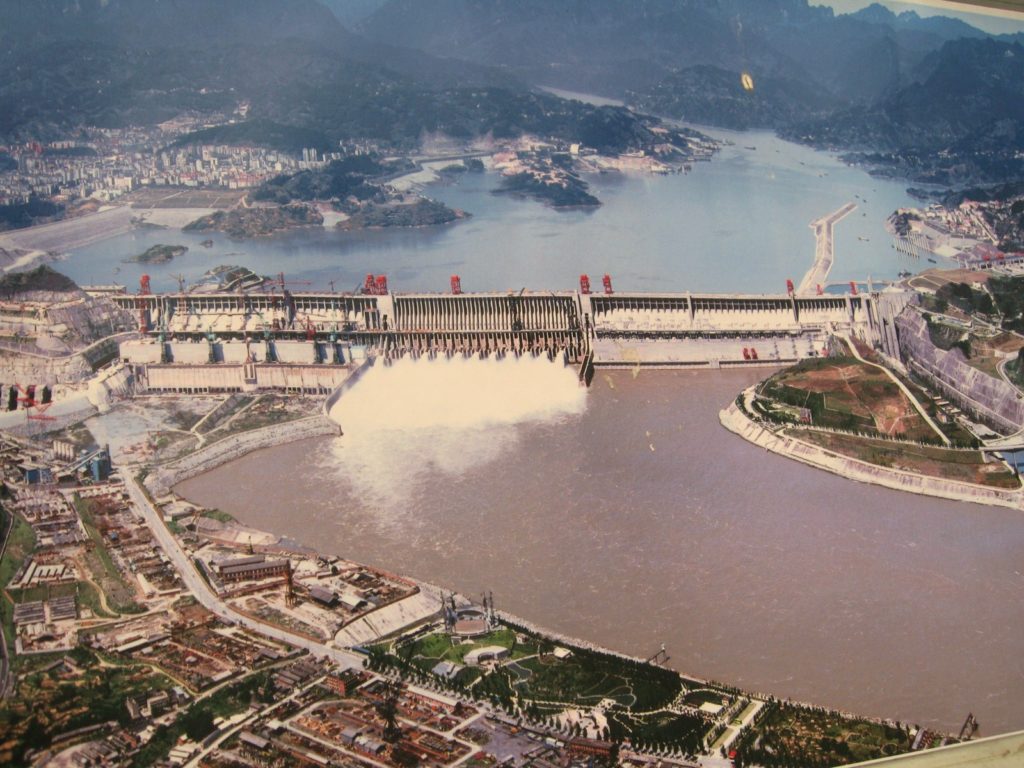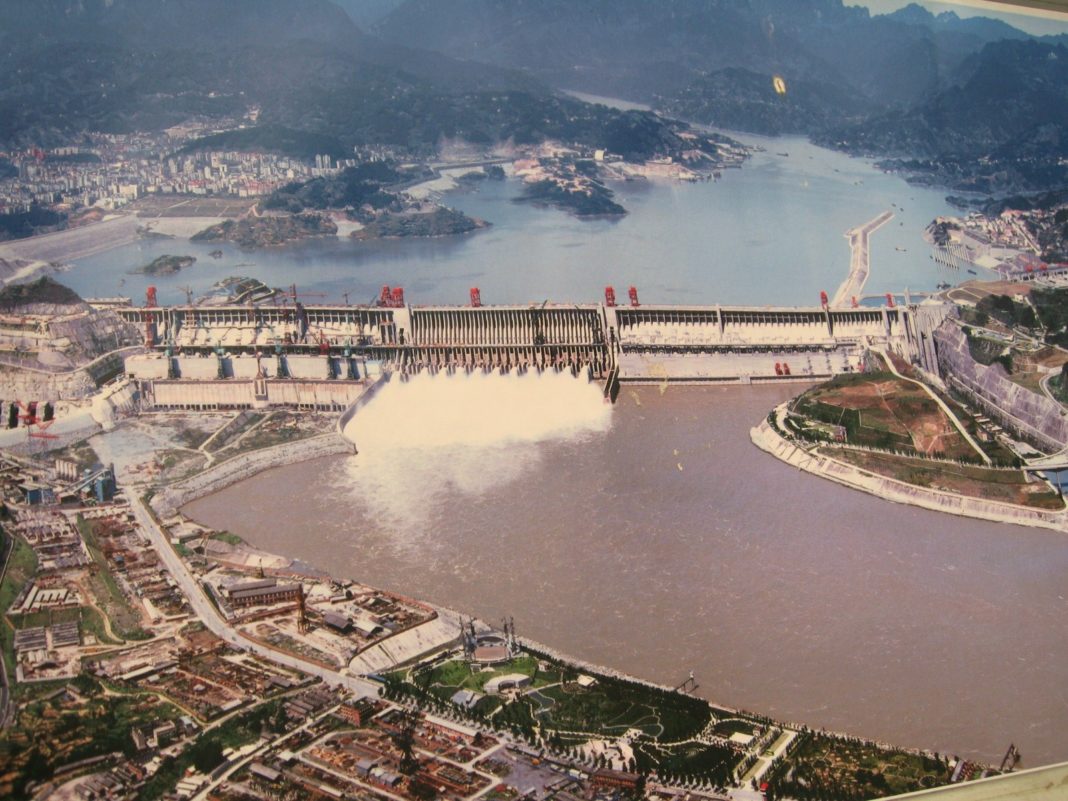The Yinjiangbuhan tunnel will transport water from the Three Gorges Dam, the world’s largest, to the Han River, a major tributary of the Yangtze. After reaching the Danjiangkou reservoir in Han’s lower reaches, the water will travel north to Beijing via the middle line of the South-to-North Water Diversion Project, a 1,400km (870-mile) open canal.

Päijänne, Finland’s longest water tunnel, extends 120 kilometers through bedrock up to 130 meters deep. The Yinjiangbuhan tunnel is rough twice as long and will reach depths of up to 1,000 meters.
According to reports, the project will take a decade to complete and cost 60 billion yuan (US$8.9 billion).
Water resources in China are unequally distributed. Flooding frequently occurs in the country’s east and south, while water scarcity severely limits economic development and agricultural production in the country’s west and north. In addition, the pandemic’s economic stagnation forced the government to engage in large-scale infrastructure initiatives to stimulate growth.
According to Liang Shumin, an economic and development expert at the Chinese Academy of Agricultural Sciences, the entire length of tunnels and canals under construction or planned water diversion in China might reach about 20,000km.
However, he noted that whether these projects should be built is still debated. According to Liang’s projections, the projects will cost taxpayers more than 9 trillion yuan over the next 30 years, which is around 8% of the country’s GDP last year.
Furthermore, he believes that infrastructure may increase China’s yearly food production by more than 540 million tonnes, nearly as much as the whole agricultural output of the United States at the moment.
According to wonderfulengineering















